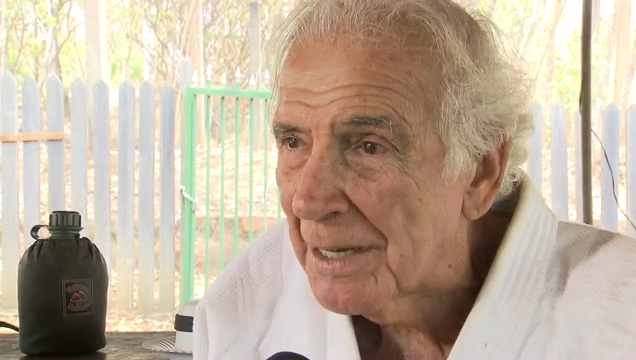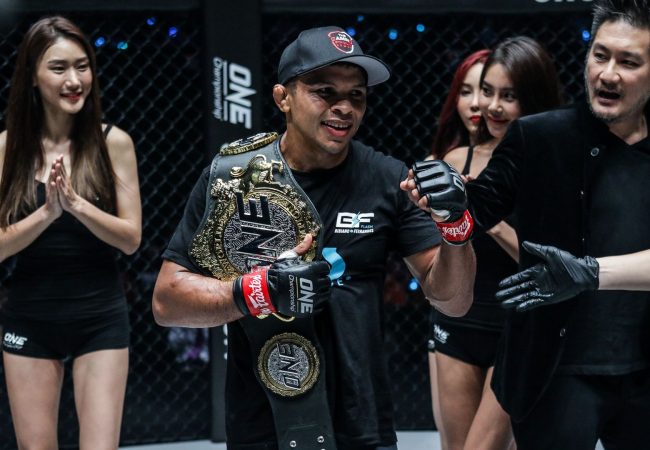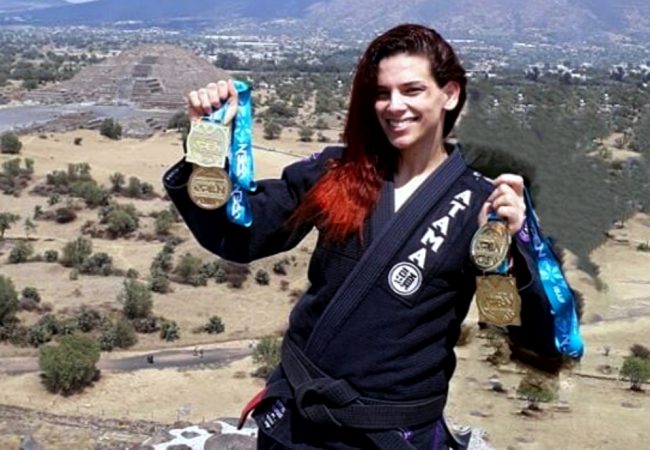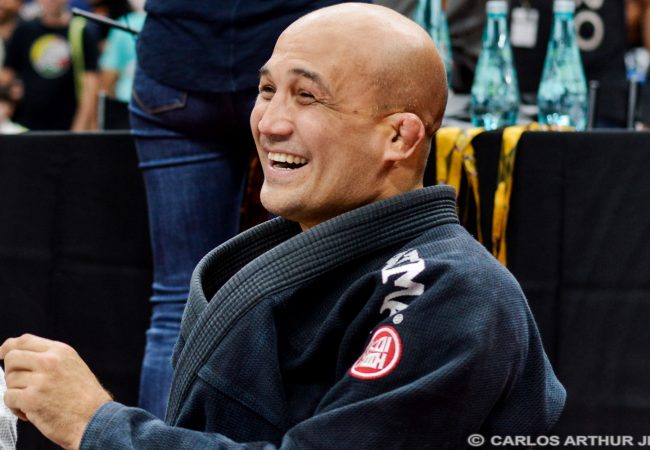In an interview given to Graciemag in 2014, Grandmaster Armando Wriedt (1925–2019) spoke of the essence of BJJ, recalled the day he met Helio Gracie, and analyzed the best lessons gathered from an entire life dedicated to the art of teaching. Here it is.
GRACIEMAG: What is the best life lesson BJJ has taught you?
ARMANDO WRIEDT: BJJ taught me a variety of life lessons. The first was how to eat. Then, how to conduct myself before society. The biggest one, however, I believe was to always be affable and sincere in my treatment of others. Even with those belligerent individuals who might attack us sometimes. The good BJJ practitioner must always be ready to counterattack against evil, indeed — that is, to punish that bad sentiment that manifested in that moment — but never to punish the individual themselves, who, like anybody, can short-circuit and lose their mind and good sense once in a while.
Once, a student of yours asked about belts, and your answer was “Son, are you coming here looking for a belt or for knowledge?” Do you view rank as a secondary thermometer in martial arts in general?
Ranks are important for the practitioner’s ego. But they’re not as important as knowledge of BJJ — that is, self-defense and the part of sport fighting that is used in competitions.
What would be your advice for our readers who want to continue to train and teach into their nineties?
First of all, it’s necessary to be a perseverant, disciplined person. BJJ is discipline. And, obviously, you must give up certain things, especially certain vices, like smoking, drinking and other excesses in general. It’s very helpful, moreover, to follow the nutrition regimen developed by the Gracies, which worked out very well not just for them, but for many students around the world, and has thus shown itself to be an ideal diet for those who fight, and even for those who have never donned a gi.
What was the best day of your life, in BJJ?
The happiest day of my life was that in which I got the invitation by Helio Gracie to join the group and family of teachers that was being formed to teach at the then-future Gracie Academy on 151 Rio Branco Avenue, 17th floor, in Rio de Janeiro.
In what ways have your classes changed between then and now?
The techniques of BJJ are the same. What has changed is that I’m getting better as a teacher. I think today I can make students more easily understand the movements than 60 years ago.
How did you first meet Prof. Helio?
This day left a big mark on me. I met Helio Gracie in a basketball game in Teresópolis. He was amongst the audience with some young female friends, and was impressed by my performance. He said I was tireless, that I’d run the whole court without losing my breath. We were introduced during the break, and I had never heard of BJJ. We went out to ride horses, to talk, and thus I became friends with the famous and all-conquering Helio Gracie.
By temperament, you are against violence. But you had six vale-tudo matches around the 1950s. Do you think it’s important to test oneself in no-rules fights? Did you learn a lot from them?
BJJ preaches the gentle reaction against the opponent; it’s an art that teaches not to harm your neighbor. For this reason, to this day, vale-tudo is like a violent variation that does not exactly represent our jiu-jitsu, the gentle art. What I learned in those fights was that I should not adhere to that sport. To this day I can’t even watch a fight on TV.
You’ve lived for decades in this beautiful house. Is BJJ synonymous with nature? Should the student look for places out in the open to train once in a while?
Yes, that’s part of BJJ. Our art leads us to exercise patience, contemplation, tranquility, peace of the spirit. And nothing better than to live surrounded by an environment that feeds that peace. To me, it’s ideal to live in this paradise I live in.






